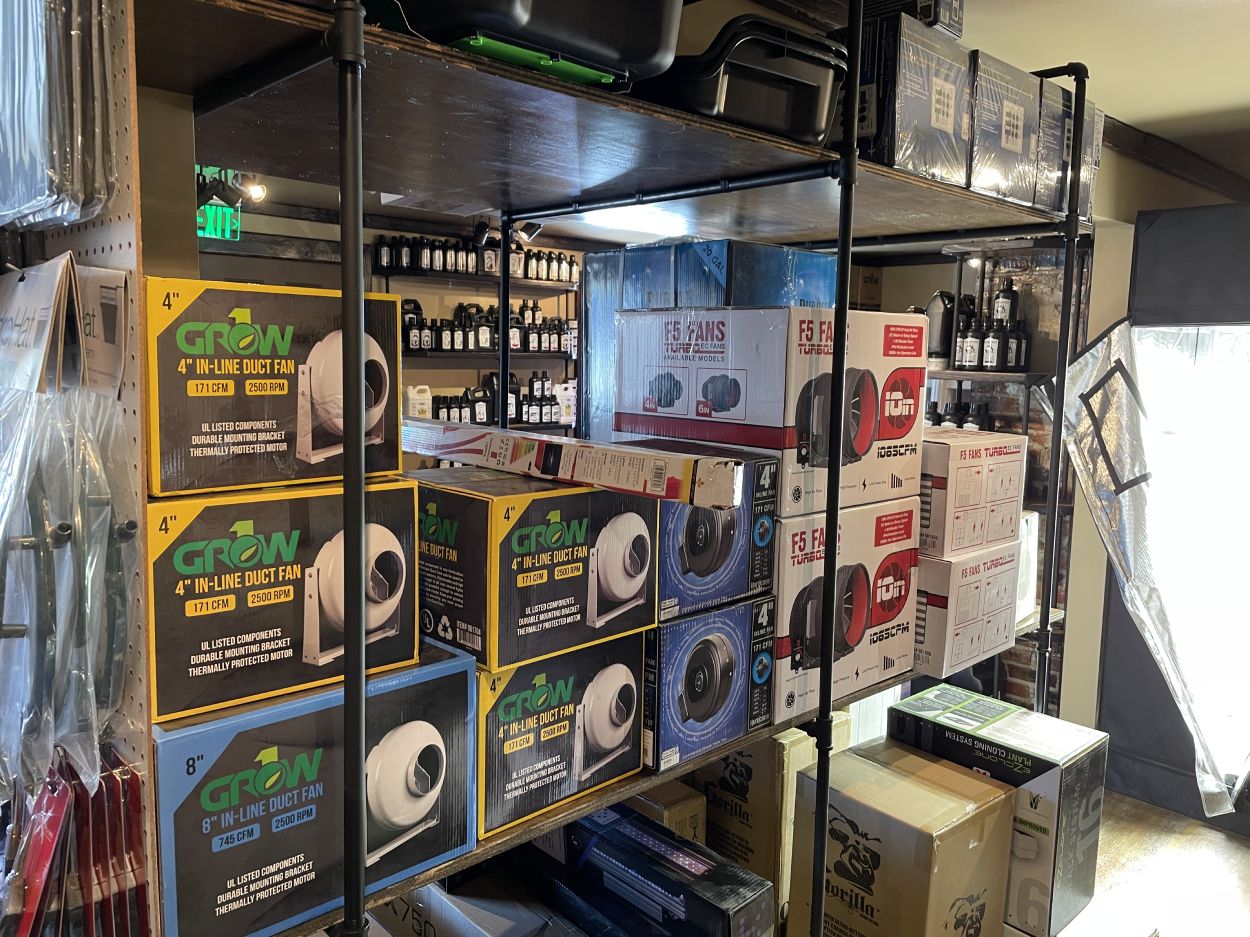The Ultimate Overview to Hydroponic Solutions and Techniques
In the globe of modern agriculture, hydroponic systems have actually arised as a groundbreaking technique for growing plants without soil. As we discover the details of hydroponics in this extensive overview, we will certainly browse through the different kinds of systems, discover the important nutrients crucial for plant development, and dive into sophisticated strategies that can significantly improve returns.
Advantages of Hydroponic Solutions
Hydroponic systems offer a wide range of advantages, consisting of effective source application and accurate nutrient shipment to plants. By supplying a regulated atmosphere for plant development, hydroponic systems make it possible for optimum water and nutrient use, causing greater returns contrasted to traditional soil-based growing. This performance not just preserves sources however likewise minimizes waste, making hydroponic systems eco-friendly.
In addition, the specific distribution of nutrients in hydroponic systems enables personalization based upon the specific needs of each plant variety. This targeted approach ensures that plants obtain the appropriate equilibrium of vital nutrients, advertising healthier growth and minimizing the threat of nutrient shortages or discrepancies. Additionally, the ability to monitor and readjust nutrient degrees in real-time maximizes plant performance and overall plant top quality.
Moreover, hydroponic systems get rid of the demand for herbicides and pesticides, as the closed-loop system minimizes the danger of insects and conditions that are frequently found in soil-based farming - The Indoor Earthworm. This not only profits the plants and the atmosphere yet likewise contributes to generating cleaner, healthier plants for intake
Types of Hydroponic Setups

Nutrient Movie Strategy (NFT) utilizes a shallow stream of nutrient service streaming over the plant roots, providing a constant supply of nutrients. Trickle systems involve trickling a nutrient service onto the plant origins, supplying accurate control over feeding.
Each kind of hydroponic arrangement has its benefits YOURURL.com and is fit to various plant selections and development stages. Recognizing the distinct Visit Your URL features of these systems can help hydroponic farmers select the most suitable configuration for their specific demands and choices.
Important Nutrients for Hydroponics
In hydroponic systems, plants rely on a specific equilibrium of essential nutrients to grow and grow efficiently. These necessary nutrients are critical for numerous plant functions such as photosynthesis, origin development, and overall growth.
Along with macronutrients, plants also require secondary nutrients like magnesium, sulfur, and calcium, along with trace elements such as iron, copper, zinc, and manganese (The Indoor Earthworm). These nutrients are vital for guaranteeing that plants have all the essential foundation to perform important biological processes

Advanced Techniques for Optimum Return
To accomplish optimal returns in hydroponic systems, growers can apply sophisticated techniques that boost plant development and efficiency. Additionally, utilizing techniques like plant training and trimming can help maximize light distribution and airflow, making sure that all parts of the plant obtain sufficient light and nutrients. Making use of automated systems for nutrient shipment and surveillance can assist maintain optimal nutrient levels, lowering the threat of deficiencies or discrepancies that can prevent plant growth.
Troubleshooting Common Hydroponic Issues
One common issue is nutrient deficiencies, where plants lack vital aspects for healthy development. Keeping the proper pH variety particular to the plant being grown is important for optimal nutrient uptake. By without delay recognizing and attending to these typical hydroponic issues, farmers can maintain healthy and balanced plants and optimize yields in their hydroponic systems.
Conclusion
In conclusion, hydroponic systems use many advantages for expanding plants effectively. With mindful planning and interest to detail, hydroponic systems can change the way plants are grown, leading to more sustainable and productive agricultural techniques.
By providing a controlled setting for plant growth, hydroponic systems make it possible for ideal water and nutrient use, leading to greater returns contrasted to conventional soil-based cultivation. The Indoor Earthworm. Nutrient Film Technique (NFT) makes use of a superficial stream of nutrient option moving over the plant roots, offering a Visit Your URL constant supply of nutrients. Monitoring and changing nutrient degrees based on plant development phases is important to preventing nutrition deficiencies or toxicities and maximizing plant productivity in hydroponic systems
Furthermore, employing strategies like plant training and trimming can help enhance light circulation and air movement, making sure that all components of the plant obtain adequate light and nutrients. Utilizing automated systems for nutrient shipment and surveillance can aid preserve optimal nutrient levels, minimizing the risk of shortages or inequalities that can impede plant growth.
Comments on “The Indoor Earthworm: Unleashing the Power of Worms in Your Hom”